
Some places in New Mexico seem to have weather on their own schedule, throwing out sudden storms or big temperature changes. These unpredictable shifts shape how people live and move around. Here’s a look at ten locations where the weather’s wild side takes center stage, showing the state’s dynamic climate in action.
Roswell

Roswell is known for UFOs; however, it’s also one of New Mexico’s hottest cities. The highest temperature ever recorded here was 114°F. Furthermore, occasional dust storms or flash floods add to the town’s unpredictable charm, particularly during monsoon season. These quick weather shifts make summer weather feel intense and unpredictable.
Chama
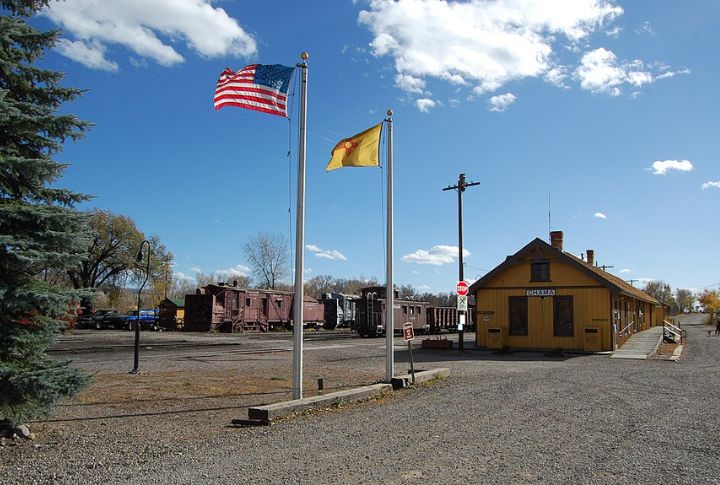
This small town’s location in northern New Mexico helps trap the cold, making it one of the snowiest and chilliest places in the state. Moreover, winter temperatures can fall as low as -1°F, and snowstorms are common. In years with significant snowfall, totals can exceed 82 inches. As a result, the cold settles in for months, making winters long, snowy, and extremely chilly.
Tucumcari

Tucumcari experiences some of the most extreme temperature swings in New Mexico. It has seen winter lows of -22°F and summer highs soaring to 111°F. Moreover, thunderstorms during the monsoon season bring heavy rain and flash floods, intensifying the wild weather the town faces annually. As a result, farmers struggle with crop yields and livestock health.
Carlsbad
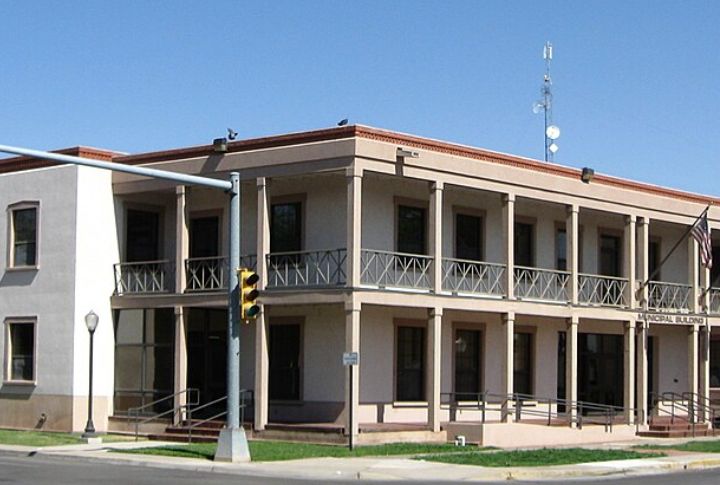
In summer, Carlsbad gets seriously hot. Triple-digit temperatures are common, while highs above 110°F aren’t rare. Moreover, dust storms occasionally sweep through the area, adding to the dry, harsh conditions. As a result, the heat builds fast and lingers through much of the season. Summers feel endless, with scorching days and little relief.
Eagle Nest
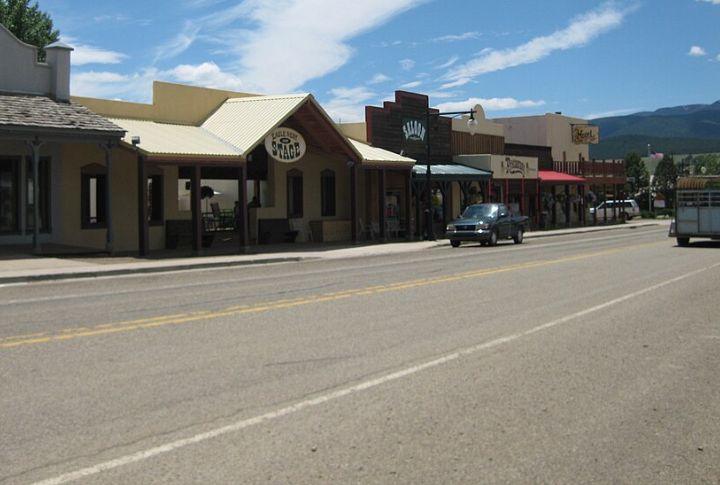
Eagle Nest sits more than 8,200 feet above sea level, and that elevation brings serious cold. In fact, the village once hit a record low of -47°F, the coldest ever in New Mexico. Additionally, winters are long here, with steady snow and freezing temperatures sticking around for months. These frigid conditions can lead to frostbite and hypothermia, requiring extra precautions.
Los Alamos
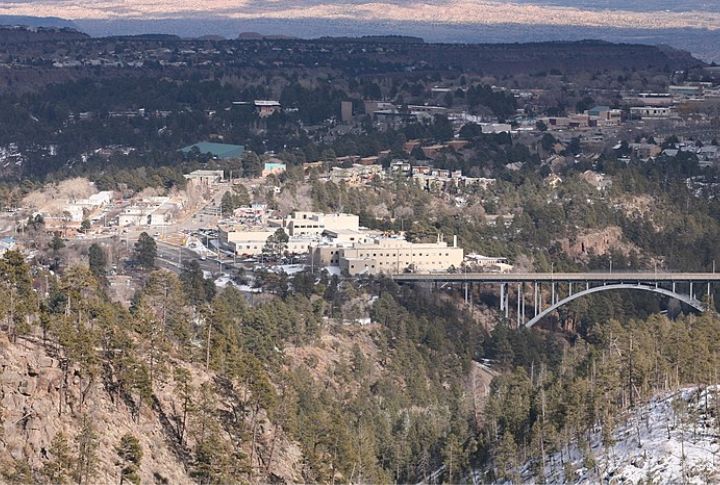
Winters in Los Alamos can be unpredictable. At times, snow totals exceed 170 inches. On top of that, the town’s elevation invites sudden weather shifts—calm mornings can quickly become windy and icy. It’s not unusual for conditions to change several times in a single day. In turn, snow and ice at higher altitudes create hazardous travel conditions and require regular road maintenance.
Farmington

This city sees frequent dust storms driven by dry conditions and powerful winds. In fact, wind speeds often top 50 mph, kicking up dust that cuts visibility. As a result, reduced visibility due to dust storms in Farmington can make traveling and driving hazardous and worsen respiratory conditions.
Clayton
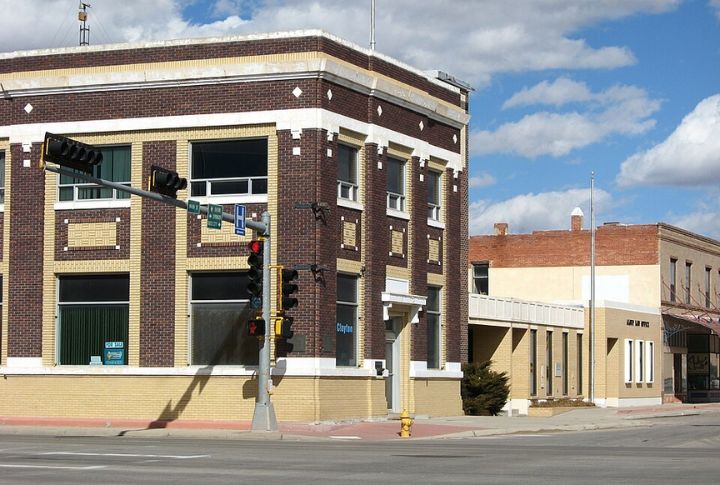
Clayton sits in eastern New Mexico, where severe thunderstorms frequently occur. The town often faces hailstorms, with hail sometimes bigger than golf balls. Occasionally, tornadoes add to the mix, making Clayton a spot known for intense and unpredictable weather.
Cloudcroft
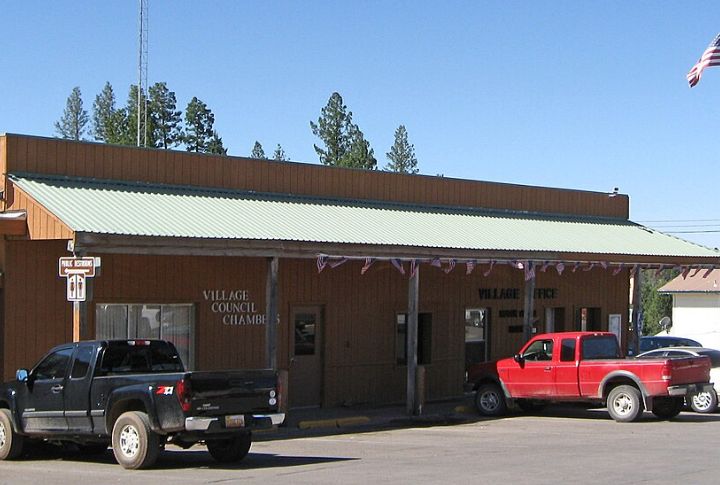
Sitting 8,600 feet above sea level, Cloudcroft faces brutal winters with temperatures nearing 20°F. The area averages over 63 inches of snow annually, and freezing fog adds danger by reducing visibility and icing roads, power lines, and vehicles, making travel and daily life difficult even for experienced residents.
Truth Or Consequences
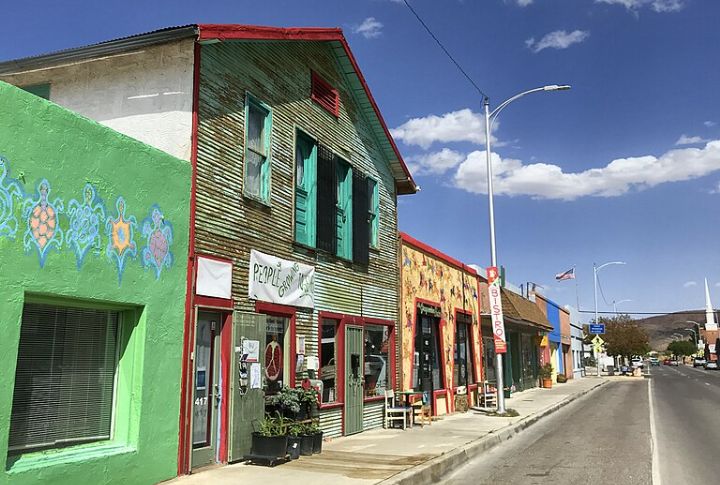
Truth or Consequences heats up in summer, with temperatures soaring past 107°F. Once the monsoon season arrives, heavy storms bring sudden downpours. As a result, flash floods can occur, causing rapid changes from dry heat to hazardous flooding, especially in low-lying areas. To protect their homes, residents often use sandbags during these flash floods.
